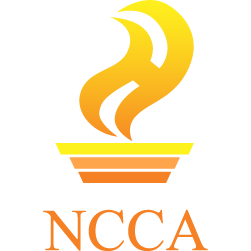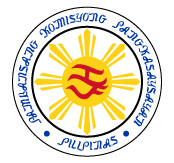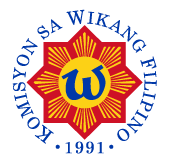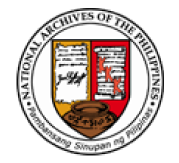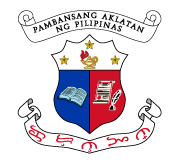PRECUP Orientation and Training for the Province of Catanduanes
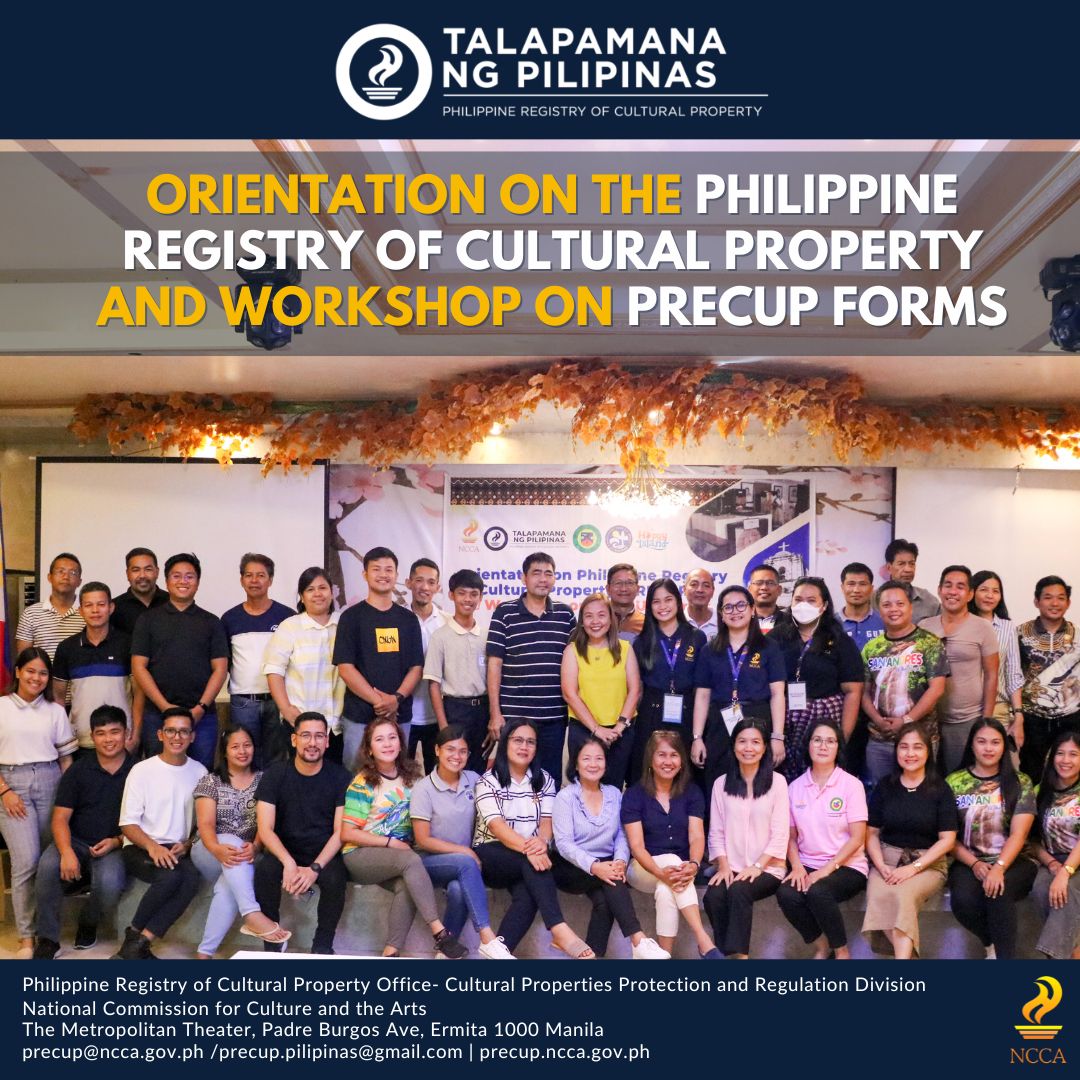
A two-day activity entitled “Orientation on Philippine Registry of Cultural Property and Training on PRECUP Forms” for the Provincial Government of Catanduanes was held from 20 to 21 June 2023 at Quen Maricel Inn, Virac, Catanduanes. The said activity has the following objectives: 1) Introduce the general objectives of RA 10066 and other relevant policies concerning cultural properties; 2) Understand PRECUP and its system for collecting, managing, and presenting data; 3) Appreciate the difference between different categories of cultural properties currently covered by PRECUP; and 4) Appreciate the difference between different categories of cultural properties currently covered by PRECUP. A total of 43 participants from twelve Local Government Units (LGUs) in Catanduanes with the Provincial Office. [See Attachment A for a list of participants] who participated in this training.
The activity began with a message from NCCA Executive Director Hon. Oscar G. Casaysay and opening remarks from Provincial Tourism Officer Ms. Carmel Bonifacio-Garcia, Provincial Board Member and Commission Chair on Tourism Hon. Edwin T. Tanael, Provincial Board Member Hon. Rafael C. Zuniega also represented Governor Joseph C. Cua and Vice-Governor Peter C. Cua and lastly from the DILG Provincial Director Uldarico S. Razal. After that, Ms. Crystal Gyle C. Valencia, a Registry Coordinator, provided a training orientation on what will be discussed for two days and introduced herself as the assigned coordinator for the province of Catanduanes.
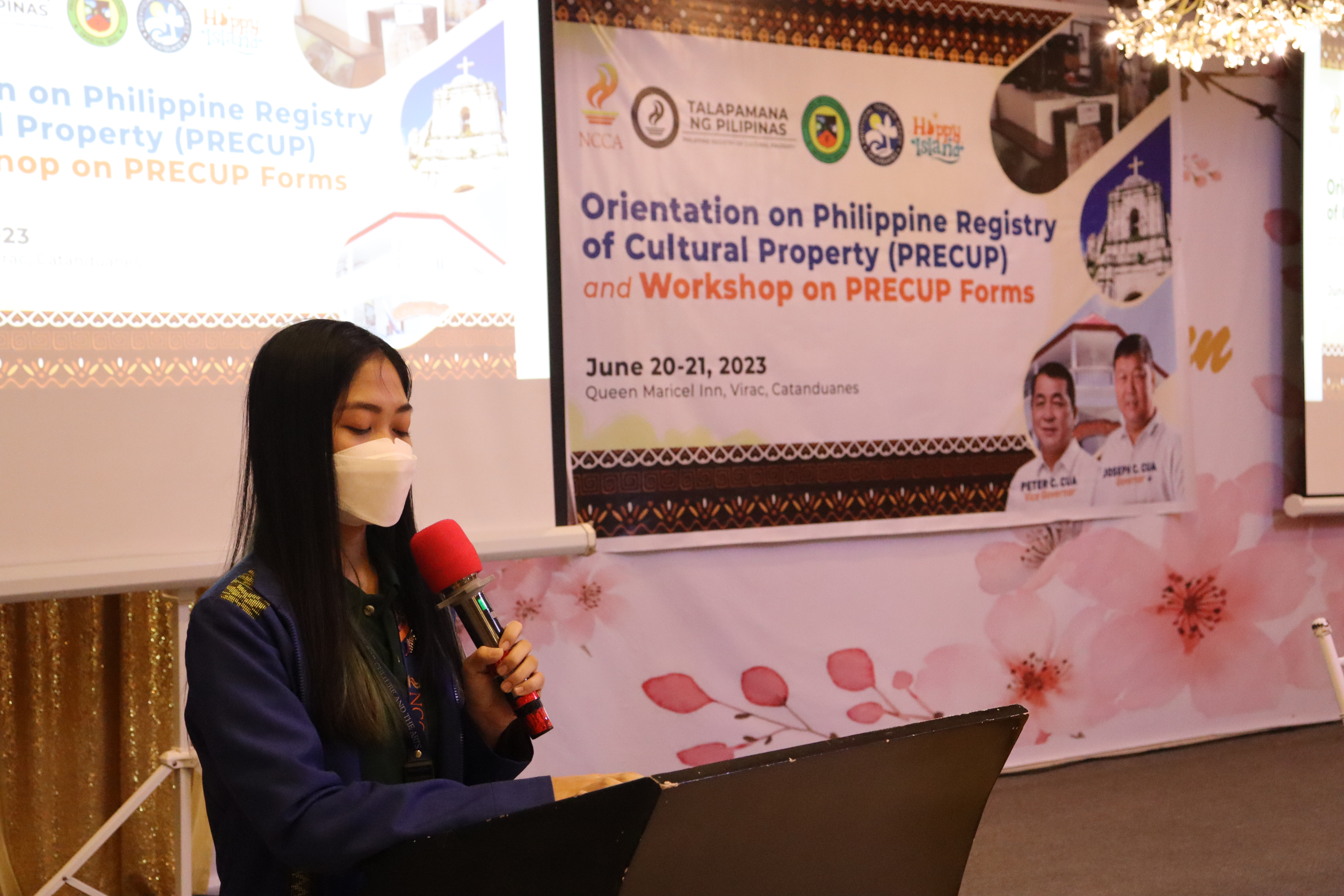 |
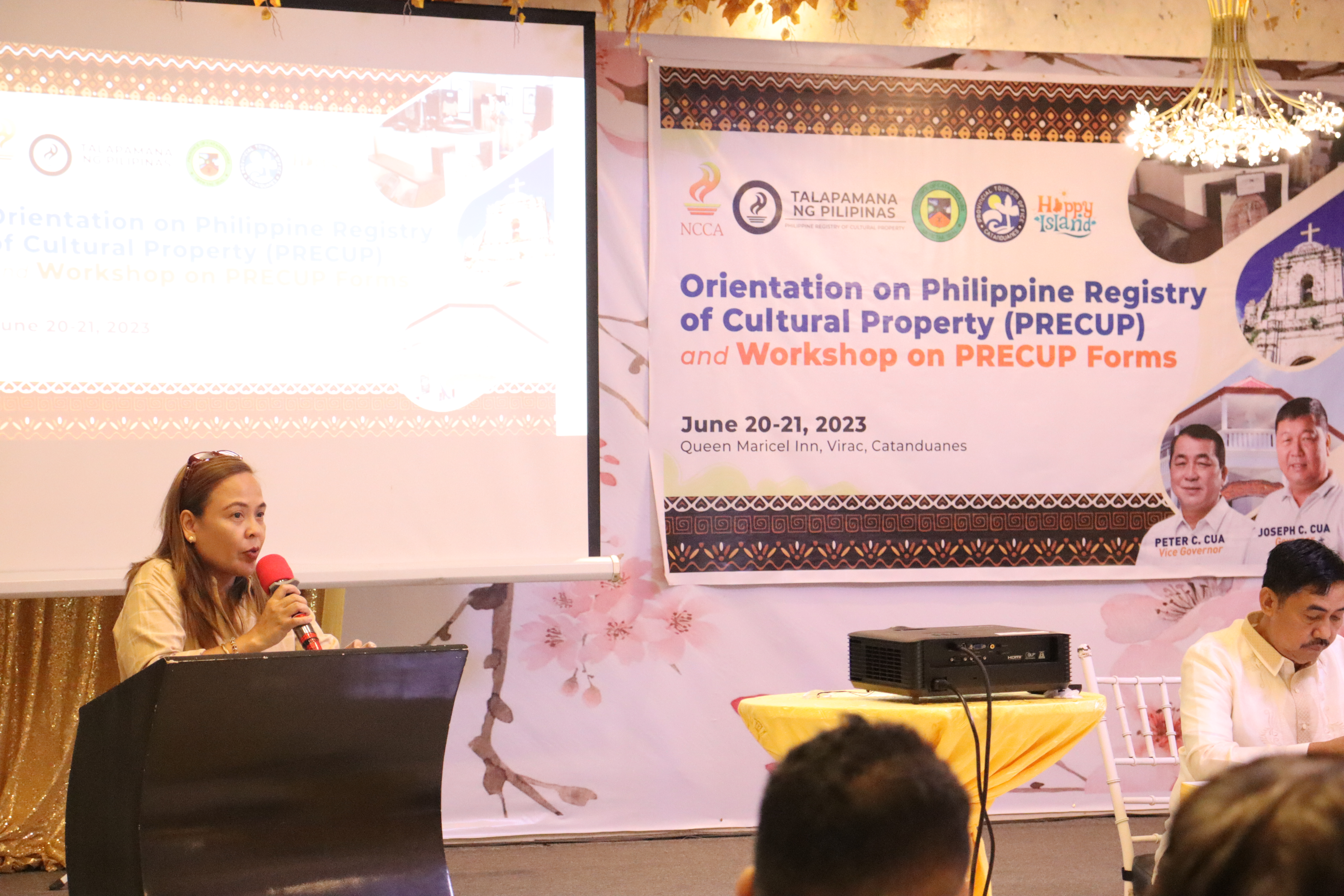 |
| (Left) Ms. Crystal Gyle Valencia, delivering the message of NCCA Executive Director Oscar G. Casaysay. (Right) Message from Provincial Tourism Officer Ms. Carmel Bonifacio-Garcia. | |
Ms. Christine Joy Miguel, Registry Coordinator, briefly introduced Republic Act 10066, emphasizing its importance in preserving and protecting the country's cultural heritage. She discussed the objectives, including identifying and declaring cultural properties. She then discussed the establishment of the Philippine Registry of Cultural Property (PRECUP) and the responsibilities of the National Commission for Culture and the Arts (NCCA) and other relevant government agencies. As part of introducing the PRECUP, she also discusses the steps of submission of LCIs per the PRECUP Guidelines Governing the Philippine Registry of Cultural Property (NCCA Board Resolution 2017-330) and NCCA-DILG Joint Memorandum Circular 2021-001, the accessible database of the PRECUP Office, and the Cultural Inventory figures of the province of Catanduanes.
Ms. Pia Pollaine P. Magaoay, Records Officer, discussed the overview of the various categories of immovable cultural heritage. She explained the significance of identifying and preserving sites, structures, and landscapes with cultural significance. The discussion included examples of notable immovable cultural heritage sites within the province and the country. The session then focused on the importance of conducting hazard assessments for immovable cultural heritage. Ms. Magaoay highlighted the potential risks and threats these sites might face due to natural disasters, climate change, urban development, or other factors. The discussion emphasized the need to identify vulnerabilities and implement appropriate measures to mitigate risks and ensure the preservation of these valuable cultural properties. Lastly, she discussed the PRECUP Form 1 and the minimum data requirements for documenting the immovable cultural heritage, which was then used for the workshop to answer the PRECUP Form 1.
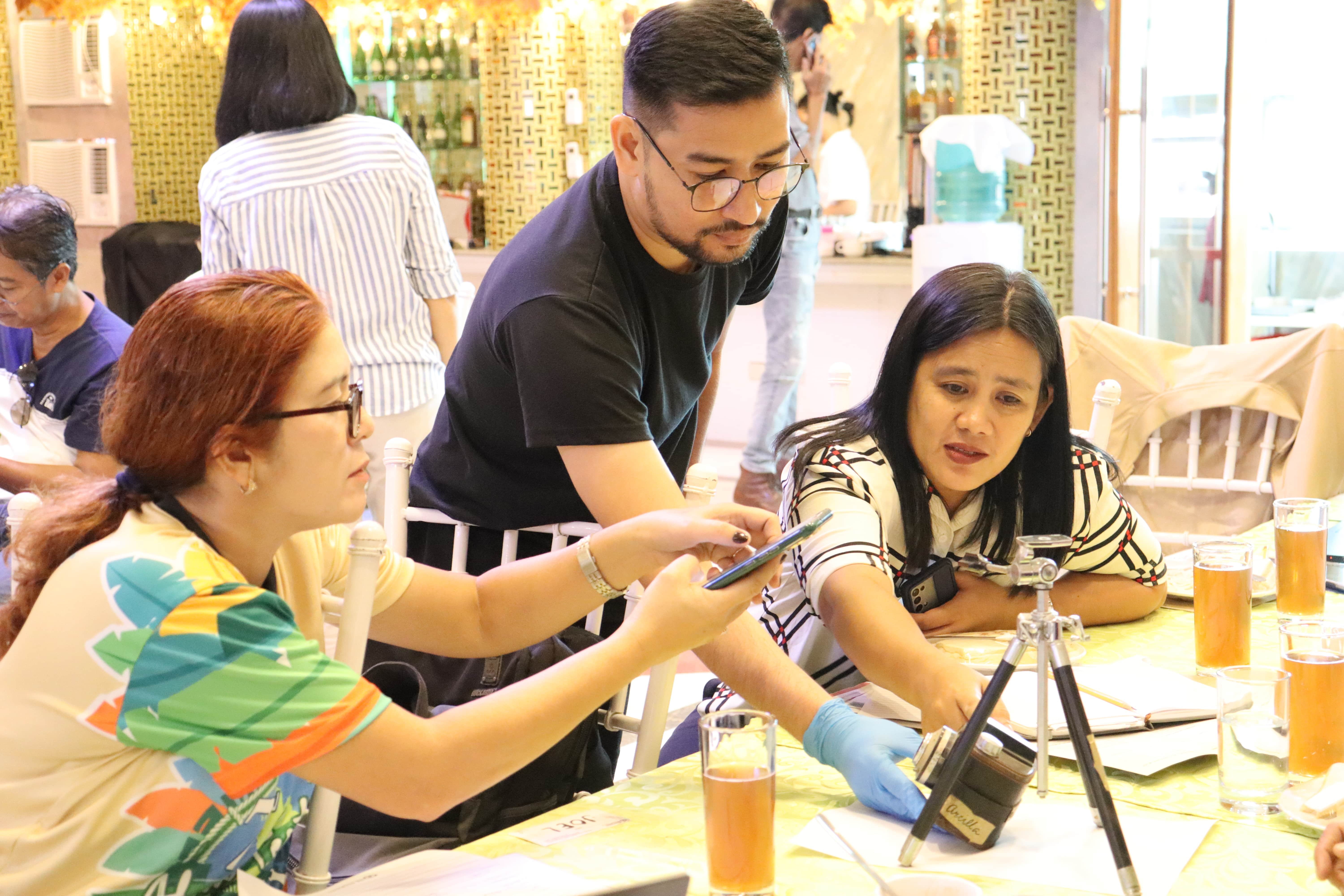 |
 |
|
(Left) Participants conducting initial documentation on the provided movable cultural property (Right) Ms. Magaoay and Ms. Miguel, explaining the measuring tool (caliper). |
|
Day two started with the PRECAPitulation of Ms. Valencia, summarizing day one of the training. After that, Ms. Miguel provided an overview of the various categories of movable cultural heritage and its significance. She emphasized the importance of preserving and documenting these movable heritage items to ensure their conservation. The second part focused on the basics of documenting movable cultural heritage. Ms. Miguel discussed the key elements of documentation, including detailed descriptions, measurements, photographs, condition assessment, provenance, and any relevant historical or cultural context. Participants gained an understanding of the importance of accurate and comprehensive documentation for research, conservation, and other purposes. The third part of the discussion explained the purpose and usage of the PRECUP Form 2, specifically designed to document movable cultural heritage. She discussed the different sections of the form, such as identification details, physical description, historical background, and condition assessment. Participants were guided on how to properly complete the form to ensure accurate and standardized documentation, followed by a workshop and presentation.
Ms. Magaoay introduced intangible cultural heritage, encompassing traditions, practices, expressions, knowledge, and skills passed down from generation to generation. She emphasized the importance of safeguarding and documenting intangible cultural heritage to preserve our cultural diversity and promote sustainable development. The discussion delved into the different categories of intangible cultural heritage, such as oral traditions, performing arts, social practices, rituals, festive events, knowledge systems, and traditional craftsmanship. Participants gained an understanding of the diverse forms of intangible heritage and their significance in shaping our cultural identity. She also explained the importance of documenting intangible cultural heritage to ensure its transmission, raise awareness, and facilitate its safeguarding. She emphasized the role of documentation in capturing the intangible aspects of cultural heritage and facilitating their future study, research, and promotion. Lastly, the participants were introduced to the PRECUP Form 3, specifically designed to document intangible cultural heritage. Ms. Magaoay discussed the key sections of the form, including identification details, description of the intangible heritage element, associated communities, safeguarding measures, and any relevant audiovisual or textual documentation.
At the end of the training, participants were given workshop evaluation forms and speaker evaluation forms to share their feedback. In addition, a post-test was also conducted to help gauge the perceived change in knowledge by the participants at the end of the training.
Ms. Carmel Bonifacio-Garcia, Provincial Tourism Officer, led the closing ceremony of the training. The ceremony was initiated with a note of thanks, and she addressed the participants and asked about their learning experience, and distributed training certificates. She thanked the participants for their active participation in the training. She also congratulated them on the successful completion of this training course and hoped that the knowledge gained would help them to identify and document their local cultural property to an effective and efficient implementation of the activities.

